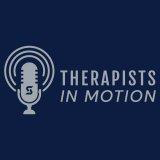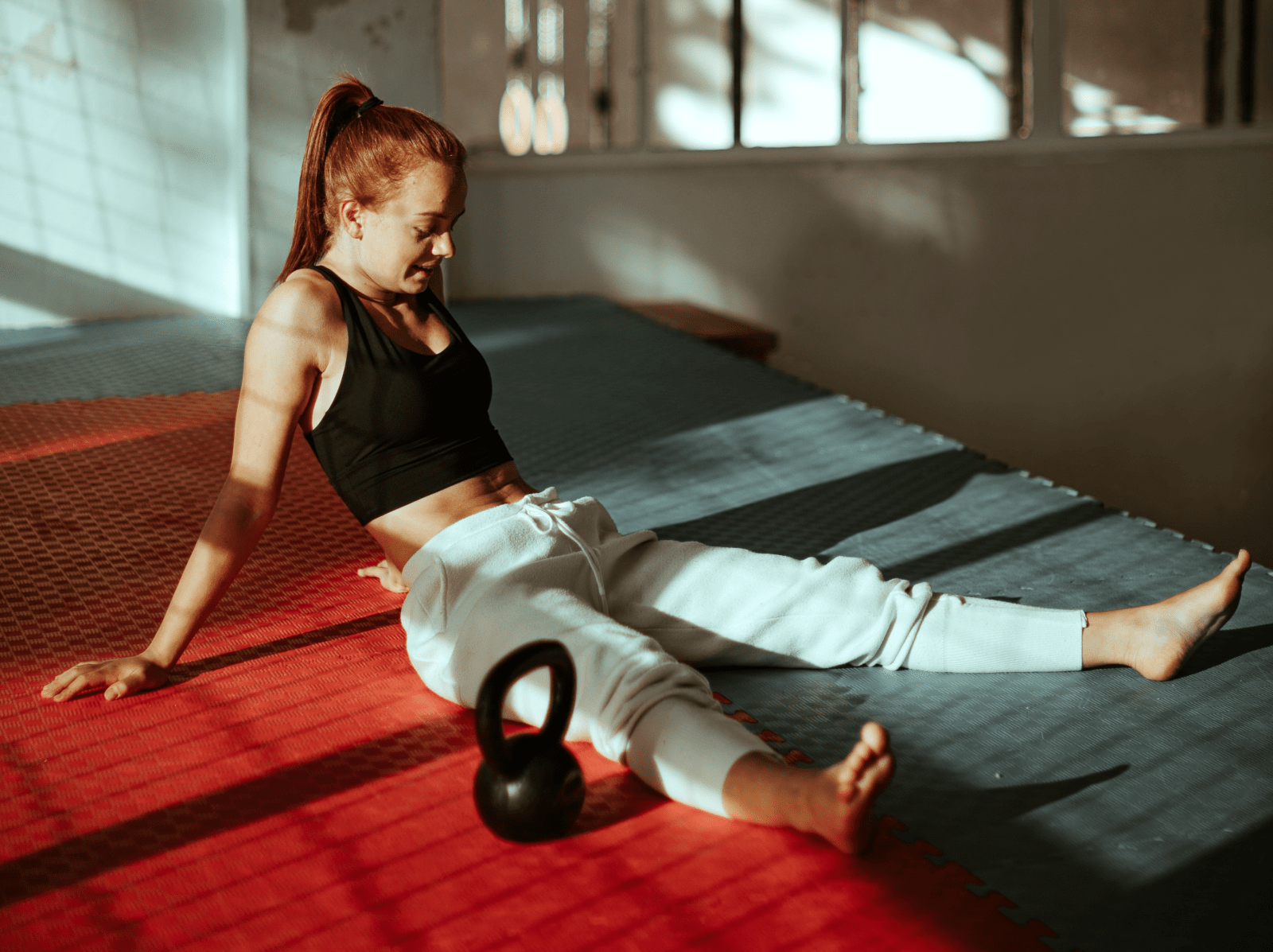You did it! You powered through that high-intensity workout, crushed that 10-mile run, or made it through another week of football practice. Now what? You’ve done a great job pushing your body on the field, but now it’s time to make sure you are taking care of it off the field.
Contrary to popular belief, our workouts are not what causes us to make gains in physical and athletic proficiency, it’s our ability to recover from those workouts. Our bodies and muscles become stronger by being broken down through exercise, and then allowing our body to recover and rebuild itself. The key word through all of this is allow. If we aren’t allowing our bodies to recover properly, we hinder our growth and increase our likelihood of sustaining an injury.
We turn to Trent Rincon, PT, MPT, CSCS to shed some light on what we can be doing during our post-workout routine to ensure we are fully recovering, reducing the likelihood of injury, and getting the most out of our workouts!
Sympathetic vs Parasympathetic
Before we begin, it’s important to understand some crucial aspects about our nervous system and how it relates to recovery.
Our autonomic nervous system is responsible for controlling the involuntary functions of the human body, and is broken up into two divisions:
- Sympathetic Nervous System (SNS) – This is commonly referred to as our “fight or flight” response. When our body is in this state, our body speeds up and becomes more tense and alert.
- Parasympathetic Nervous System (PNS) – Commonly referred as the “rest and recovery” response. It restores the body to a state of relaxation and calm.
It’s important to have a healthy balance of these two systems. As an athlete, or even an office worker, being able to turn on this sympathetic response will help you be more alert and ready for the challenges and stresses that come your way.
Once your exercise or work has concluded though, your parasympathetic system should take over and allow you to mentally and physically rest and recover to the fullest. Unfortunately, that’s not how it always works. “1/3 of our entire population are living in the sympathetic nervous system. That is your body in constant survival mode,” states Trent.
Proper recovery cannot happen if you are unable to return to your parasympathetic state. With that in mind, let’s run through some techniques you can start implementing into your routine to help get you relaxed, moving better and feeling better!
Just Breathe
“Fuel for our cells come from a few different places: food, hydration, and breathing. We tend to focus on the hydration and nutrition side of things, but often overlook breathing,” Trent describes.
As you exercise, breathing through your mouth becomes more necessary as you need to keep up with the oxygen demands of your body. This also perpetuates you being in a SNS state. This is invaluable as you are working out, but it’s important to be able to transition your breathing afterwards to allow for recovery.
Being able to breathe in and out through your nose more often and efficiently allows you return to your PNS state more quickly and kickstart the recovery process. After your workout, focus on your breath. Slowing your breath and breathing mindfully will allow you to perform at a higher capacity and recover faster. Plus, it’s free!
As for the timing of your breathing, Trent recommends starting with this simple sequence: Inhale for 3 seconds, hold for 3 seconds, exhale for 6 seconds, hold for 3 seconds, then repeat.
The best part about it, this isn’t just for athletes. Practice this breathing technique on the drive home from work or school. It’s the perfect time to get your body and mind to a calm, cool, and collected state as you start to wind down for the day! This is also a useful technique for preparing your body for sleep. Practicing mindful breathing as you lay down to rest will allow your body to settle in for a restful night’s sleep.
Rest Up
Getting a good night’s rest is one of the sure-fire ways we can shift the balance between our SNS to our PNS, which bolsters recovery. “Sleep is our time to recharge. Just like our phones, if you only recharge it to 50%, you’re limited to how much you can use it before it eventually shuts down,” Trent illustrates.
If you are deprived of sleep, you expose yourself to many side effects that negatively impact an athlete’s ability to perform and recover:
- Faster time to exhaustion
- Perceived feelings of pain are higher
- Decreased strength output
- Decreased reaction times
- Increase in short-term memory loss
Not only does a lack of sleep impact performance and recovery, but it drastically increases an athlete’s risk for injury. As Trent highlights, “Getting less than 8 hours of sleep increases the likelihood of injury by 170%!”
There’s no doubt that sleep is a crucial player in the health and recovery game. If you’re having trouble getting a proper night’s rest, here are some tips and tricks to getting better sleep:
- Make sure the room you’re sleeping in is quiet, dark, and cool
- Give yourself enough time to rest
- Studies show that 8+ hours is optimal
- Shut off electronic devices 30+ minutes before bedtime
- Avoid sugar and caffeine in the hours before going to sleep
- Practice mindful breathing
- Keep a consistent routine
Prioritize your sleep! The quality of your work will be better, your recovery time will be faster, and your body and mind will thank you!
Drink Right, Eat Right
Water is essential in the recovery process. Being properly hydrated allows your body to transport important nutrients to your muscles, remove toxins, reduce fatigue, and ultimately recover more efficiently and effectively.
Furthermore, it’s important to eat a fresh and balanced meal post-workout to get the most out of your recovery. Focus on taking in protein and carbohydrates as that will help your body replenish what was lost during exercise. Learn more about what to eat, when to eat, and why it matters.
Treat Yourself to a Self-Massage
Soft-tissue massage techniques such as foam rollers can help promote blood flow, decrease muscle soreness, and preserve muscle strength. If you choose to implement self-massage methods into your recovery, only spend about 30 seconds on each muscle group and avoid any bony landmarks. Read a full overview on self-massage tips and tools.
Nothing is more important than the health and safety of our athletes, and our team of movement specialists are here to help however we can! If you have any questions or concerns about your health and fitness journey, schedule an appointment or complimentary movement screen with us today!
 You can learn more from Trent in in Ep 52: Recovery – Don’t Just Cyro-About It, where Spooner therapists discuss the vital components of recovery.
You can learn more from Trent in in Ep 52: Recovery – Don’t Just Cyro-About It, where Spooner therapists discuss the vital components of recovery.

